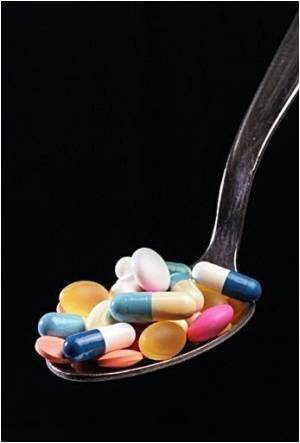
The researchers accidentally discovered the danger of excessive antioxidant doses while seeking a way to reduce the genetic abnormalities that occurred naturally when the scientists sought to multiply human cardiac stem cells.
Marban stressed that the study's finding applies only to excessive nutritional supplements and not to foods that are rich in antioxidants, such as milk, oranges, blueberries and peanuts.
Recently, multiple studies have touted the benefits of foods rich in antioxidants.
"Taking one multivitamin daily is fine, but a lot of people take way too much because they think if a little is good, a lot must be better. That is just not the case. If you are taking 10 or 100 times the amount in a daily multivitamin, you may be predisposing your cells to developing cancer, therefore doing yourself more harm than good," said Marban.
The researchers were disappointed with the higher concentration of oxygen in lab-grown stem cells, which resulted in 9 percent of the cells being rejected because of genetic abnormalities.
Advertisement
Now, Marban is leading an ongoing, groundbreaking clinical trial in which heart attack patients undergo two minimally-invasive procedures in an effort to repair and re-grow healthy muscle in a heart injured by a heart attack.
Advertisement
About a month later, the multiplied stem cells are then injected back into the patient's heart via a coronary artery.
The two-step procedure was completed on the first patient in June 2009. The results of the trial are expected in early 2011.
The study was published in the medical journal Stem Cells.
Source-ANI
SRM














